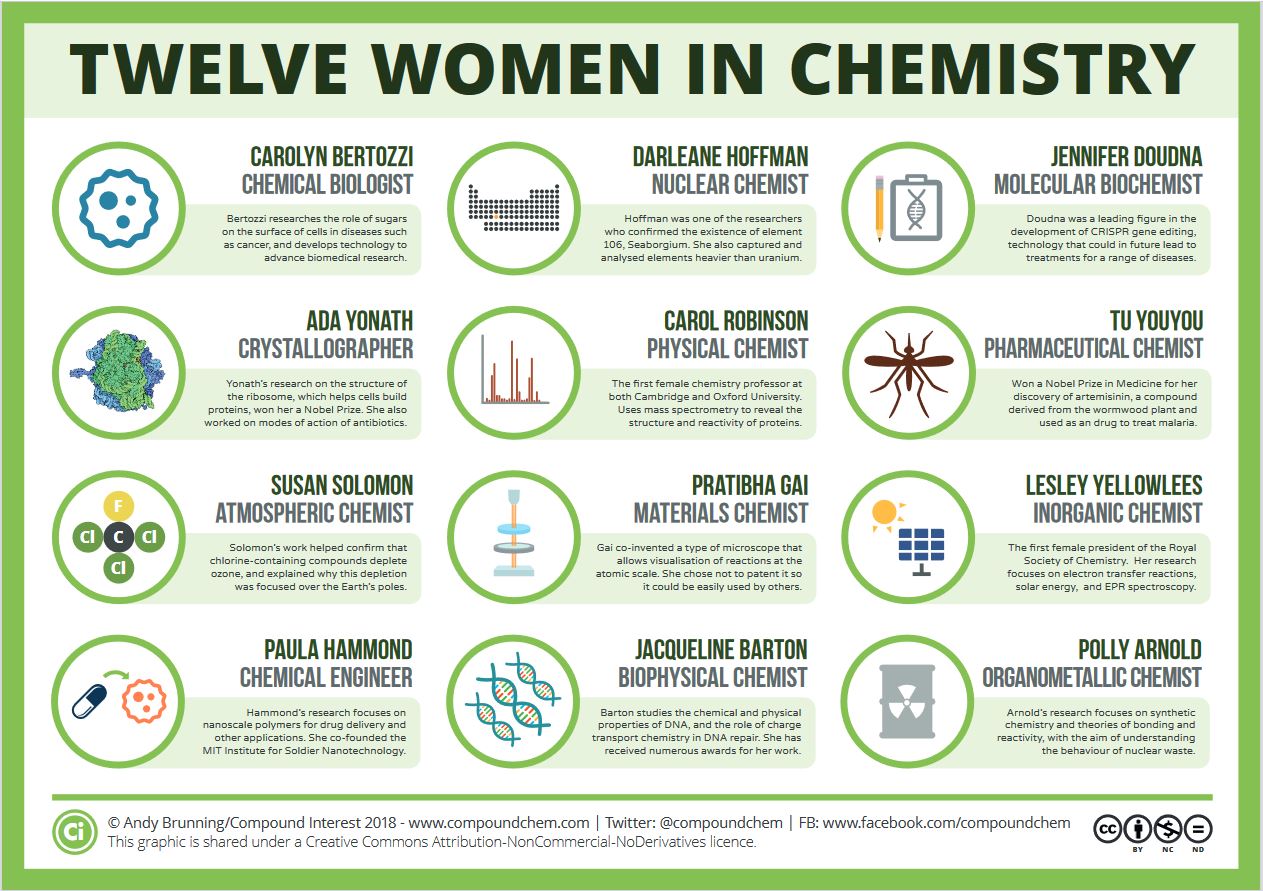Chapter 2. Understanding Measurement
Enhanced Introductory College Chemistry
by Gregory Anderson; Caryn Fahey; Jackie MacDonald; Adrienne Richards; Samantha Sullivan Sauer; J.R. van Haarlem; and David Wegman;
Chapter Contents
- 2.1 Measurements
- 2.2 Measurement Uncertainty, Accuracy, and Precision
- 2.3 Mathematical Treatment of Measurement Results
- Summary
- Review
Except where otherwise noted, this OER is licensed under CC BY 4.0
Please visit the web version of Enhanced Introductory College Chemistry to access the complete book, interactive activities and ancillary resources.
In this chapter, you will learn about
- Exact and uncertain measurements
- Numerical prefixes and equalities
- Analyzing numerical problems
To better support your learning, you should be familiar with the following concepts before starting this chapter:
- The metric system
- Basics of arithmetic
Measurements provide the macroscopic information that is the basis of most of the hypotheses, theories, and laws that describe the behaviour of matter and energy in both the macroscopic and microscopic domains of chemistry. Every measurement provides three kinds of information: the size or magnitude of the measurement (a number); a standard of comparison for the measurement (a unit); and an indication of the uncertainty of the measurement. While the number and unit are explicitly represented when a quantity is written, the uncertainty is an aspect of the measurement result that is more implicitly represented and will be discussed later.
Scientists in Action: Twelve Women in Chemistry

Attribution & References
Except where otherwise noted, this page is adapted by JR van Haarlem from “1.4 Measurements”, In Chemistry 2e (Open Stax) by Paul Flowers, Klaus Theopold, Richard Langley & William R. Robinson is licensed under CC BY 4.0. Access for free at Chemistry 2e (OpenStax) / One paragraph is used from the source page as an introduction to this section.

